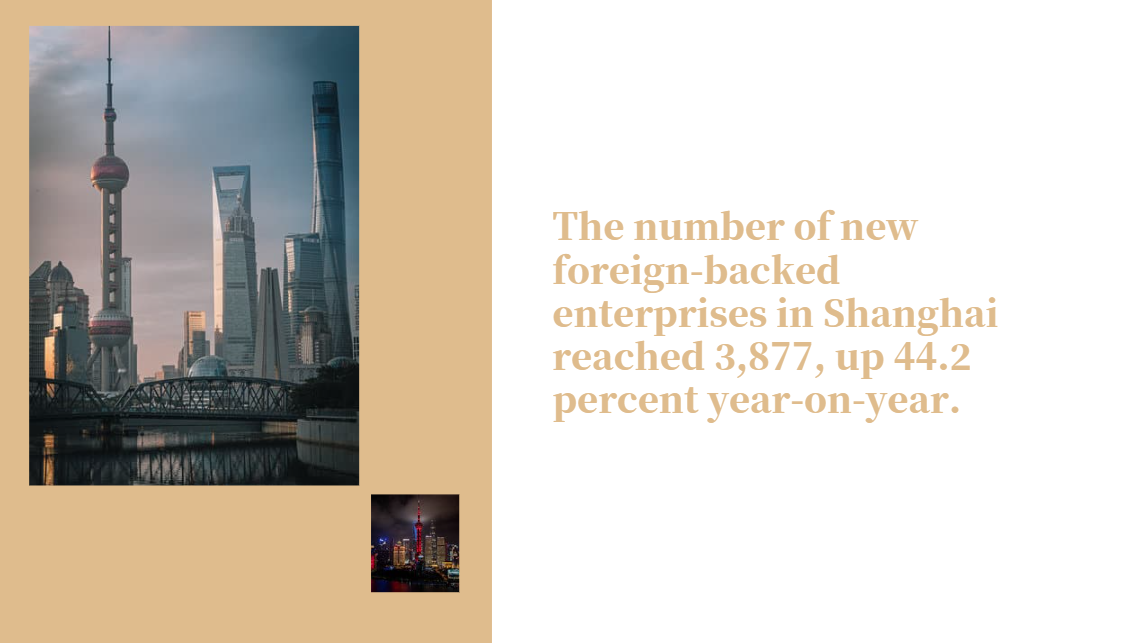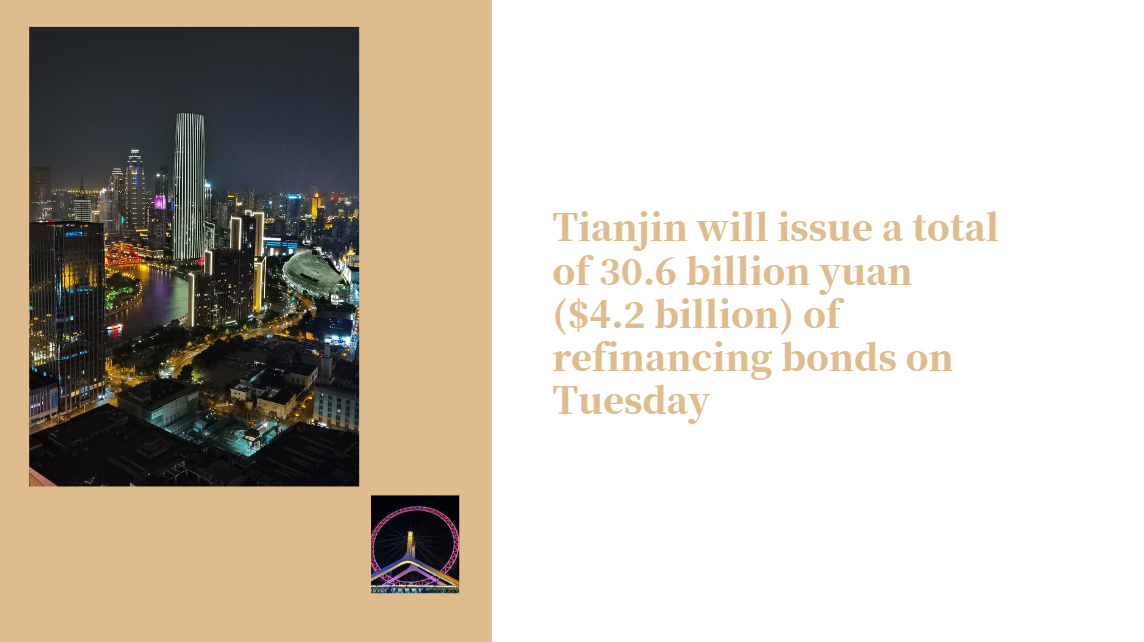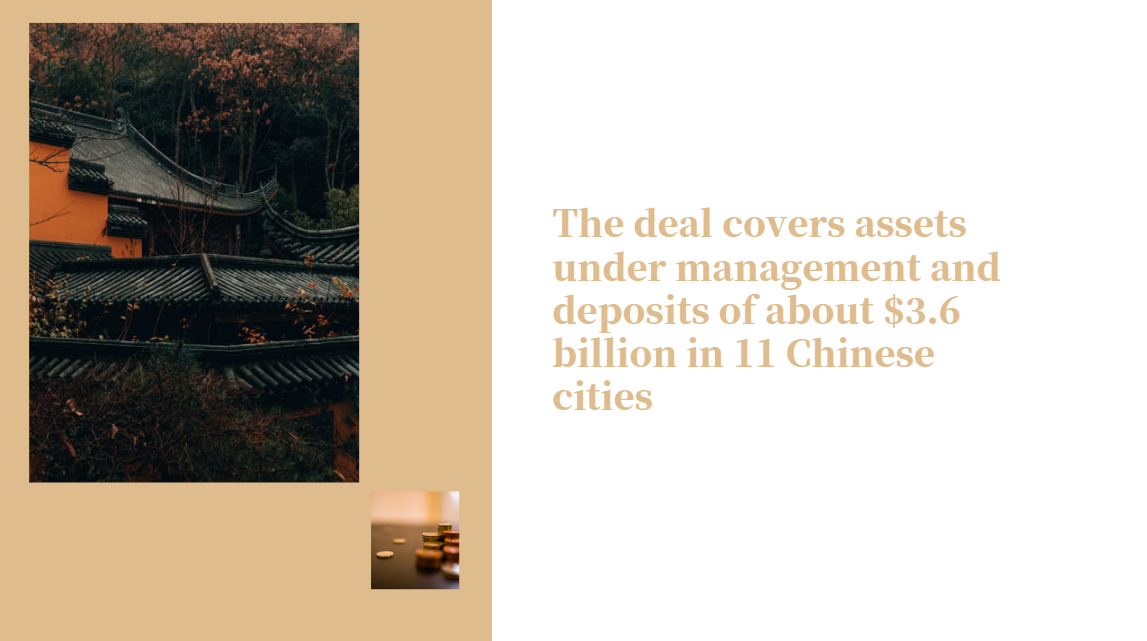China releases white paper on Belt and Road cooperation
On the occasion of the 10th anniversary of the China-proposed Belt and Road Initiative (BRI), China published a white paper – “Belt and Road Initiative: A Key Pillar of the Global Community of Shared Future“– on Tuesday, highlighting the role that the iconic “century project” has played during the last decade as well as its achievements in living up to its goal of providing a platform for building a global community of shared future.
As its scope expands, the BRI has now become the world’s largest platform for international cooperation with the broadest coverage ranging from policy coordination to infrastructure connectivity, unimpeded trade, financial integration and closer people-to-people exchanges, according to the white paper.
Over the past decade, BRI cooperation has delivered real gains to participating countries. It has contributed to the sound development of economic globalization and helped resolve global development challenges and improve the global governance system.
“The joint initiative has also opened up a new path for all humanity to realize modernization, and ensure that the efforts of building a global community of shared future are delivering real results,” the white paper said.
The white paper, issued by the State Council Information Office, gives the international community a better understanding of the value of the initiative. It also aims to facilitate high-quality BRI cooperation in the future and ultimately ensure the initiative will deliver benefits to more countries and peoples.
The white paper expounded on the background against which BRI was launched. In response to a changing global situation and the expectations of the international community, and with the future and overall interests of humanity in mind, China proposed the BRI. This initiative was launched by China, but it belongs to the world and benefits the whole of humanity, the white paper noted.
Also, the economic globalization dominated by a few countries has not contributed to the common development that delivers benefits to all. Instead, it has widened the wealth gap between rich and poor, between developed and developing countries, and within developed countries.
The white paper said that it is imperative to address such global problems including sluggish economic growth, shortcomings in economic governance, and imbalanced economic development.
“It is no longer acceptable that only a few countries dominate world economic development, control economic rules, and enjoy development fruits,” the white paper said.
The ultimate goal of the BRI is to help build a global community of shared future. The joint initiative promotes the path to global well-being, the path to peace, the path to prosperity, the path to openness, the path to innovation, and the path to social progress, noted the white paper.
The white paper also pointed out that “the BRI is a public road open to all, not a private path owned by any single party. It is free from geopolitical calculations. It does not aim to create an exclusive club, nor does it target any party.”
Currently, the world is in a period of turbulence and transformation. Rivalry and competition between major countries is escalating; the geopolitical situation remains tense; global economic recovery is yet to appear over the horizon; cold-war and zero-sum mentalities are resurgent; unilateralism, protectionism and hegemonism are also proliferating. A new round of technological revolution and industrial transformation has given rise to ever fiercer competition. All of this presents unprecedented challenges to humanity.
The white paper said that certain countries overstretch the concept of national security and seek “decoupling” in the name of “de-risking.” Against this backdrop, the BRI becomes more meaningful and is an initiative of global importance.
As a large and developing country that meets its responsibilities, China will continue to promote the BRI as its overarching plan and its top-level design for opening-up and win-win international cooperation, the white paper said.
The momentum development of BRI proves that China has not only benefited from economic globalization but also contributed to it as a firm advocate and defender of economic globalization.
The BRI dovetails with the UN 2030 Agenda for Sustainable Development in concept, measures and goals. The BRI aims to promote higher-quality development through higher-standard opening up, and to share China's development opportunities with the rest of the world.
By June 2023, China had signed more than 200 BRI cooperation agreements with more than 150 countries and 30 international organizations.
At the global level, the 193 UN member states unanimously agreed to incorporate the BRI in the UN resolution. At the bilateral level, the BRI has succeeded in coordinating with a wide range of strategies and initiatives, including Russia’s Eurasian Economic Union framework, Kazakhstan’s Bright Road economic policy, Indonesia’s Global Marine Fulcrum initiative, and South Africa’s Economic Reconstruction and Recovery Plan.





















































First, please LoginComment After ~